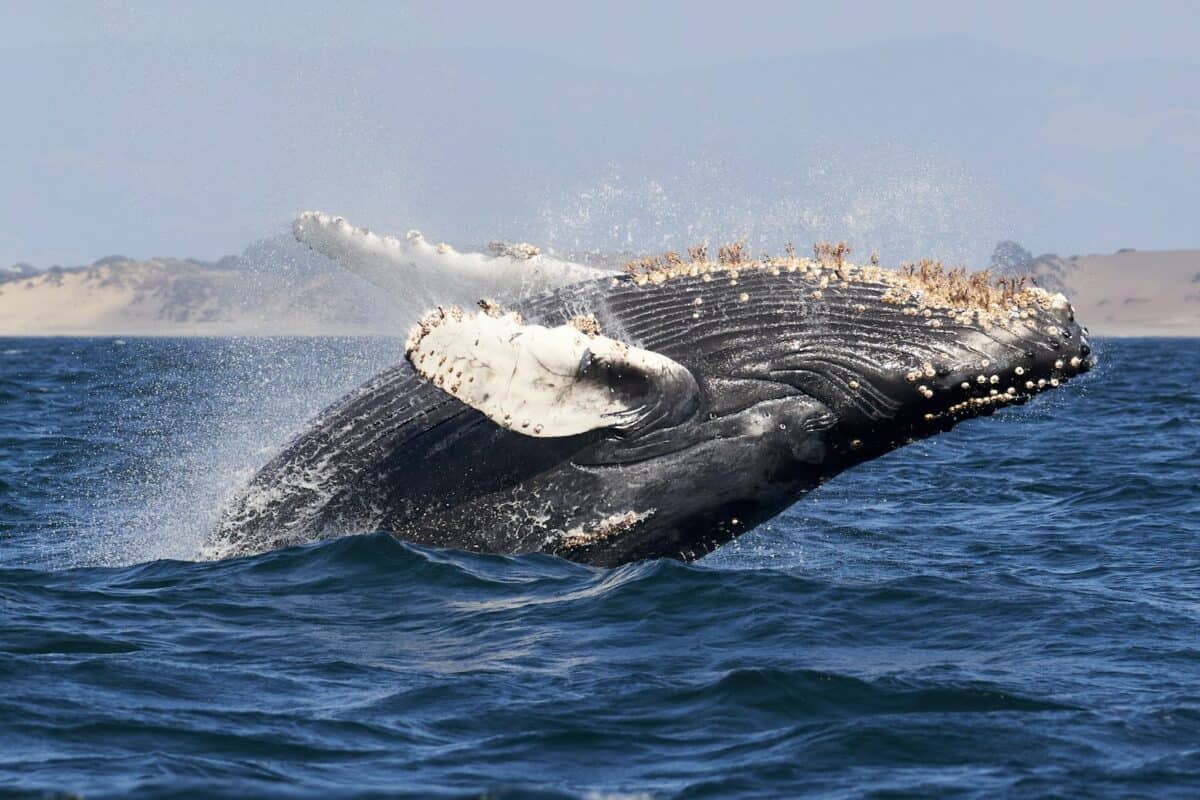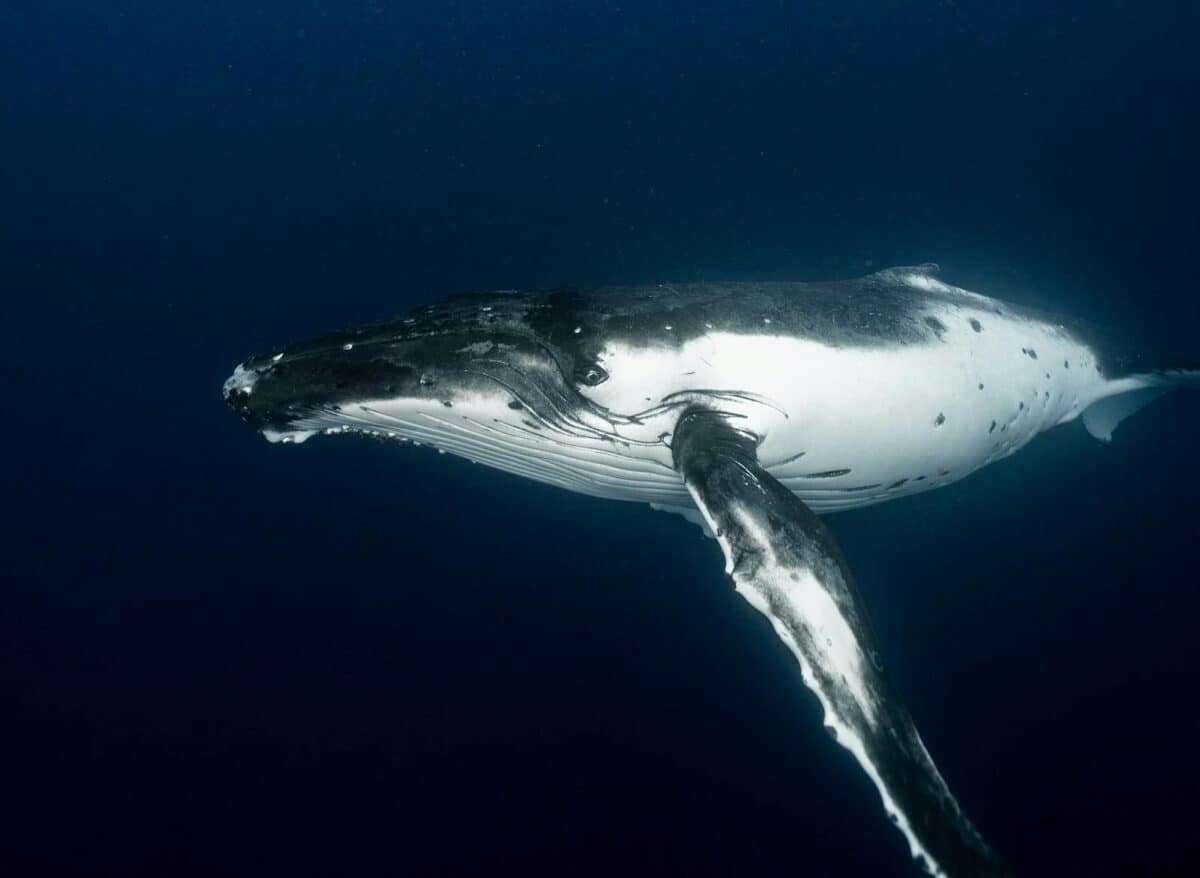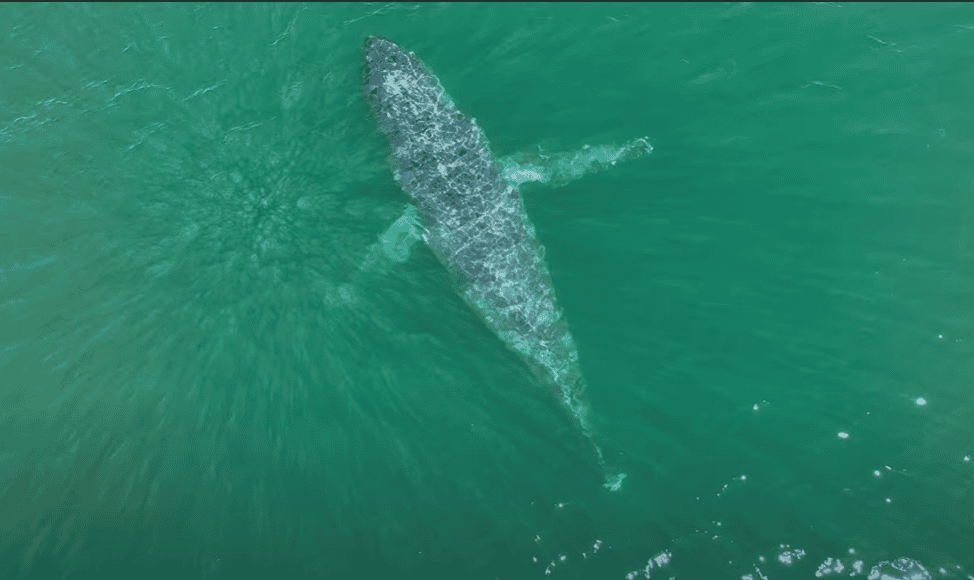Humpback whales have long intrigued scientists and nature enthusiasts alike with their mysterious and complex songs. Recently, researchers have noticed a fascinating development: these majestic marine mammals are singing louder than ever, particularly off U.S. shores. This change in their vocal behavior raises questions and concerns, prompting extensive studies to unpack the underlying reasons. This article delves into the captivating world of humpback whales, exploring why we hear their songs growing louder and what it means for both humans and the environment.
The Melodic Majesty of Humpback Whales

Humpback whale songs are a series of vocalizations, characterized by identifiable patterns that can be heard for miles underwater. Each sequence lasts for several minutes and is often repeated for hours. These songs play a crucial role in communication among whales, potentially serving purposes from mating calls to establishing dominance among males. The complexity and variety of these songs have piqued scientific curiosity for decades, leading to numerous studies of their structure and purpose.
The Surge in Song Volume What We Know

Recent observations reveal that humpback whales are singing louder than before, a phenomenon largely occurring near U.S. shores. Scientists attribute this increase in volume to the rising levels of ocean noise pollution. As human activities such as shipping, construction, and resource exploration intensify, whales must compete with this noise to communicate effectively, driving them to raise their vocal volume.
The Impact of Human Activity

Noise pollution originates from various sources, including commercial shipping lanes, military sonar, and underwater construction. These activities contribute to a cacophonous underwater environment, challenging the communication abilities of marine life. For humpback whales, whose songs are vital for reproductive and social activities, elevated noise levels disrupt these functions, compelling them to sing louder.
Ecological and Environmental Consequences

The increased volume of whale songs serves as an indicator of the broader impact human activities have on marine ecosystems. Louder singing is a necessary adaptation for survival amid rising noise pollution, but continual exposure to noisy conditions can elevate stress levels in whales. Understanding this behavioral shift is crucial for assessing and mitigating human impact on the oceanic environment.
The Role of Acoustic Habitat

Whales depend on sound to navigate, find food, and communicate, making them exceptionally sensitive to changes in their acoustic habitat. As their songs become louder, they raise concerns about potential long-term changes in behavioral ecology. Acoustic researchers strive to comprehend how these whales are adapting and what this adaptation means for their future survival.
Research and Conservation Efforts

Marine biologists and conservationists have ramped up efforts to monitor and understand whale songs. By deploying underwater microphones, known as hydrophones, researchers can capture and analyze the whales’ songs, gaining insights into the changes in their communication patterns. These efforts are crucial in shaping policies aimed at reducing noise pollution and protecting these magnificent creatures.
Technological Advancements in Whale Research

Newer technologies have significantly advanced the study of humpback whale songs. Devices like autonomous recording units and drone-based surveillance allow scientists to gather data with minimal disturbance to the whales. This non-invasive approach offers an enriched understanding of how whales have adapted their singing behavior in response to external pressures.
Mitigating Noise Pollution

Addressing noise pollution in the ocean isn’t just beneficial for whales; it is essential for the health of entire marine ecosystems. Strategies include modifying shipping routes, implementing quieter technologies for ships, and establishing marine protected areas with noise restrictions. Raising awareness about these issues can help garner support for conservation measures.
The Importance of Public Awareness

Raising public awareness plays a vital role in driving changes in policy and practice. By educating society about the challenges humpback whales face, we can inspire action and foster greater environmental responsibility. Public engagement is also crucial in lobbying for stricter regulations on activities that contribute to ocean noise pollution.
The Future of Whale Conservation

The path forward involves not only mitigating current threats but also preparing for future challenges. As global climate changes continue to alter ocean environments, humpback whales may face new risks. Ensuring their futures requires comprehensive strategies that embrace sustainable human practices, scientific research, and robust conservation policies.
Lessons We Can Learn from the Deep

The story of the increasingly loud songs of humpback whales is a compelling reminder of the interconnectedness of life on Earth. It highlights the need for conscious efforts to balance human development with ecological preservation. By taking heed of the messages from the ocean depths, we can strive toward a more harmonious existence with our natural world.
Conclusion: Harmonizing Our World with Theirs

Humpback whales are singing louder off U.S. shores because they have to—not because they want to. Their songs echo the challenges these creatures face in a changing world and underscore the importance of understanding and mitigating human impact on marine environments. By prioritizing conservation efforts and technological advancements, we can aim to protect these gentle giants and ensure that their melodies continue to grace the oceans and inspire generations to come.
- The Smartest Sea Creatures That Rival Human Intelligence - August 9, 2025
- 10 Cool Animals You Can See in Japan - August 9, 2025
- 13 Sea Animals That Are Surprisingly Fast - August 9, 2025

